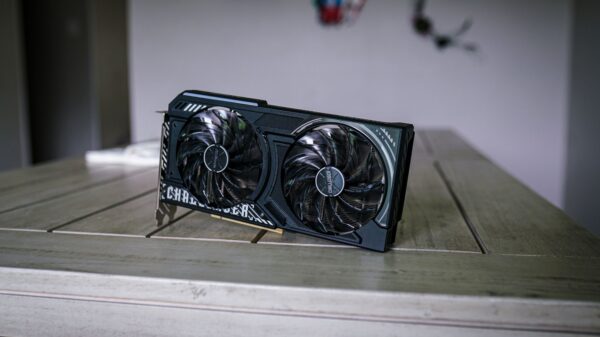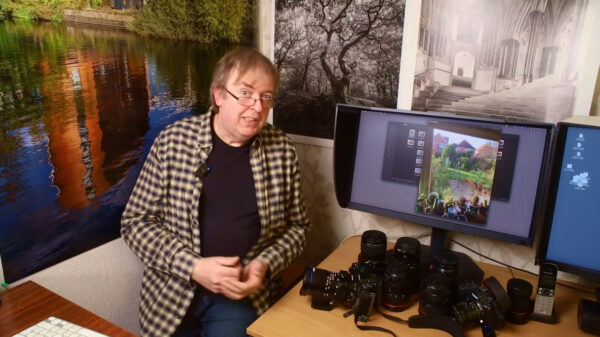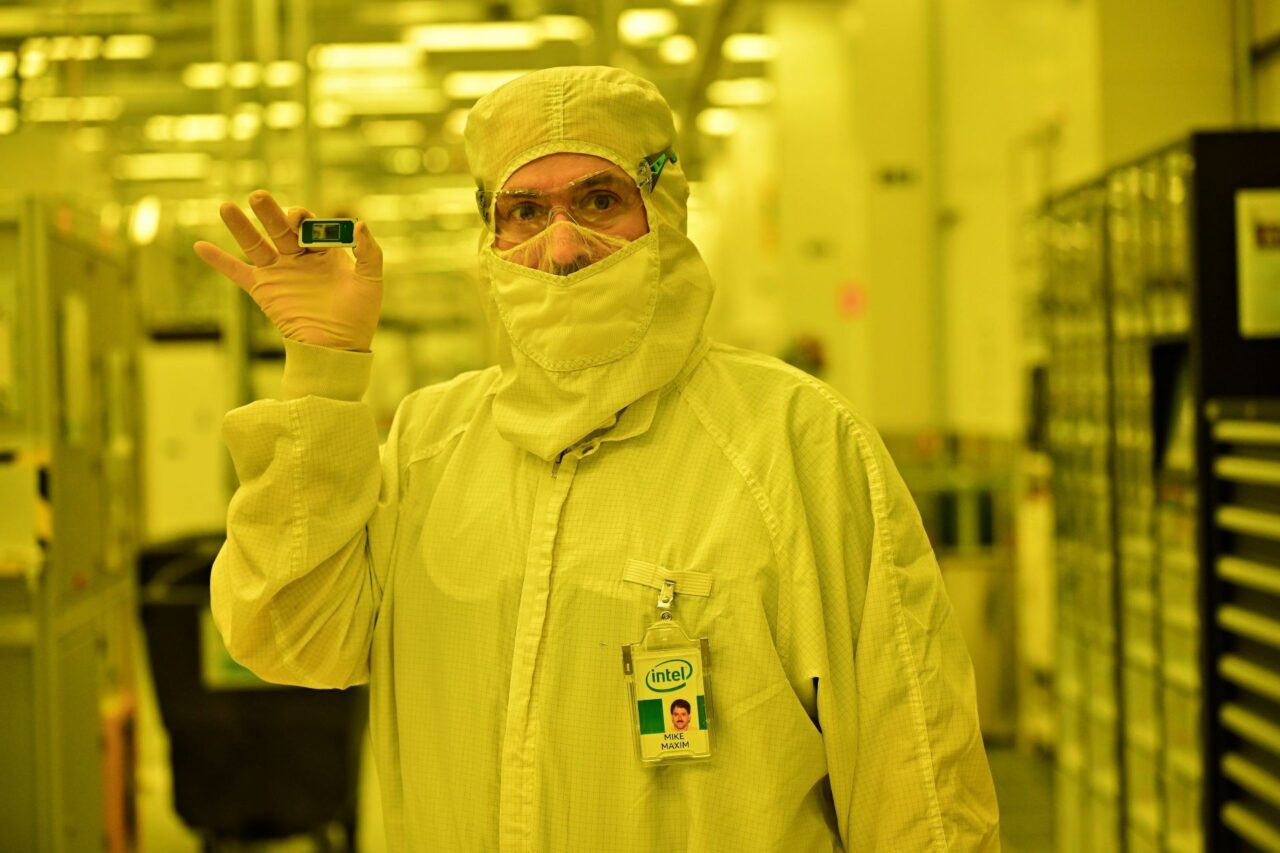UPDATE: Intel’s future in the graphics card market remains uncertain as the company focuses on expanding its chipmaking capabilities while hinting at new developments. The latest announcements regarding its Panther Lake chip have left many in the tech community questioning the direction of its GPU strategy.
Intel’s recent unveiling of the Panther Lake architecture, which includes advancements in its Xe3 graphics microarchitecture, has generated buzz, particularly around the budget-friendly Battlemage GPUs like the B850. However, in a recent roundtable Q&A, Intel’s head of architecture, graphics, and software, Tom Petersen, stated, “We’re still in the figure-it-all-out mode,” indicating that the company has not solidified its GPU plans.
As of now, Intel is poised to enhance performance at lower power consumption rates, promising improved frame rates with its 12Xe core chip variants. The anticipated “Next Arc family,” expected to be designated Xe3P, remains shrouded in mystery, with no clear confirmation on whether it will be a discrete GPU or part of the rumored “Celestial” product line.
Intel’s strategy is further complicated by its ongoing partnership with Nvidia, which has reportedly invested $5 billion into the company. Both companies have teased a potential collaboration on integrated chips, yet the specifics are still unclear. “We don’t know all the answers to that,” Petersen added, emphasizing the uncertainty surrounding their partnership.
In the backdrop of these developments, Intel’s Fab 52 in Chandler, Arizona, is operational and pivotal to its new 18A process. This facility has been producing chips since 2021 and is a cornerstone of Intel’s strategy to revitalize its manufacturing capabilities. However, details about the fab’s operations remain closely guarded, with one spokesperson humorously stating the size of the fab floor as “a shit ton.”
As the tech community watches closely, Intel’s fluctuations have broader implications. The uncertainty surrounding its GPU lineup could impact consumer choices, particularly for PC enthusiasts eager for new graphics capabilities.
Tech analysts anticipate that Intel will clarify its GPU strategy soon, with further announcements expected in the coming weeks. The situation remains fluid, and the outcomes could significantly shape the competitive landscape in the chip market.
For now, both consumers and industry insiders are left to speculate on what Intel’s next moves will be regarding its graphics cards. As the market evolves, staying informed on Intel’s developments is crucial for anyone invested in the future of computing technology.
Stay tuned for more updates on Intel’s GPU plans and their potential impact on the tech landscape.





































































